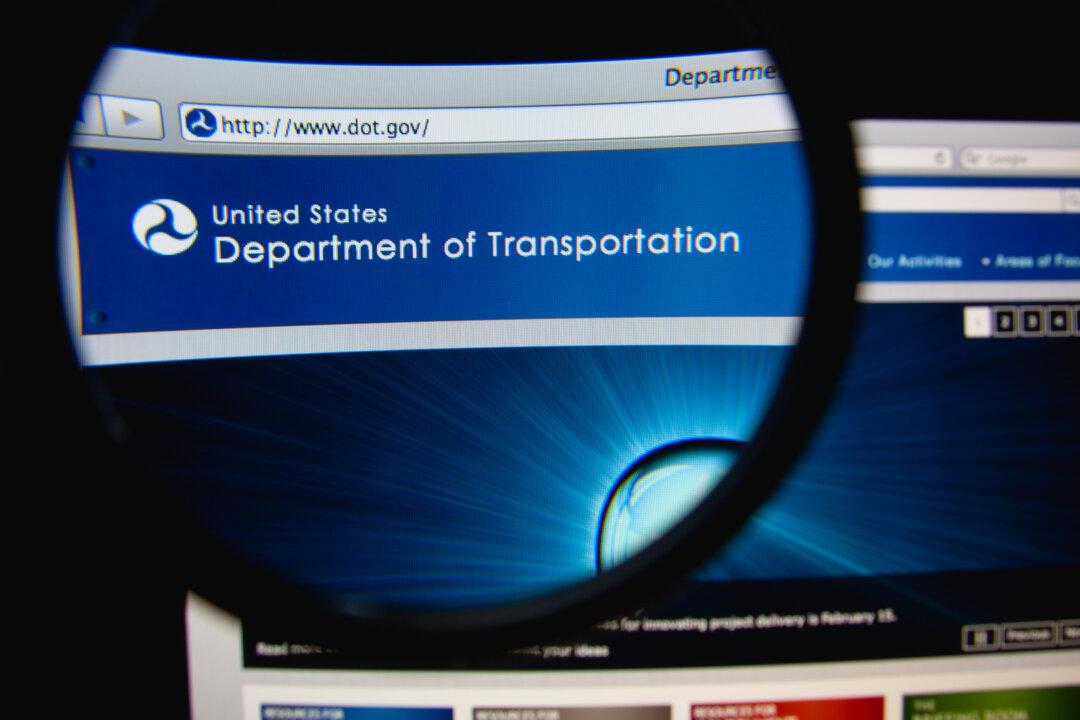Volcanos. Sandstorms. Tsunamis. Hurricanes. Missed Cruises. Someone in your travel group breaks a leg. Yes, these events—and a myriad of others—can disrupt or even cancel a trip. But I get annoyed when I see travel insurance promotions and even advice writing focus on these contingencies—and especially with stories of how travel insurance “saved” someone’s vacation. Once more: Travel insurance isn’t about fixing the many potential mishaps that can upset your travels. It can’t un-erupt a volcano. It can’t un-inundate a coastal resort. It can’t operate a canceled flight. It can’t un-break a leg. Again base fact: Travel insurance is about money. MONEY. Not contingencies or events. If your airline loses your baggage, insurance can’t find it—all it can do is help pay for you to buy replacement stuff. If your flight is delayed overnight, it can’t get you a hotel room near the airport; all it can do is pay for a room if you can find one. So when you’re thinking about insurance, your focus should be on possible ways you could lose money. Specifically, it means how much money you have at risk if you should have to disrupt your planned vacation—money that you can’t get back in the way of refunds. And you start with the big-ticket items:
Prepaid vacation rentals. A one-week vacation rental can cost from less than $1,000 to more than $10,000 depending on the number of rooms, location, and season. Typical vacation rental contracts hold you to very stiff cancellation penalties, typically ranging from 25 percent if you cancel several months ahead up to no refund at all if you cancel within a month of your rental. That’s the kind of risk most of you can’t take.





